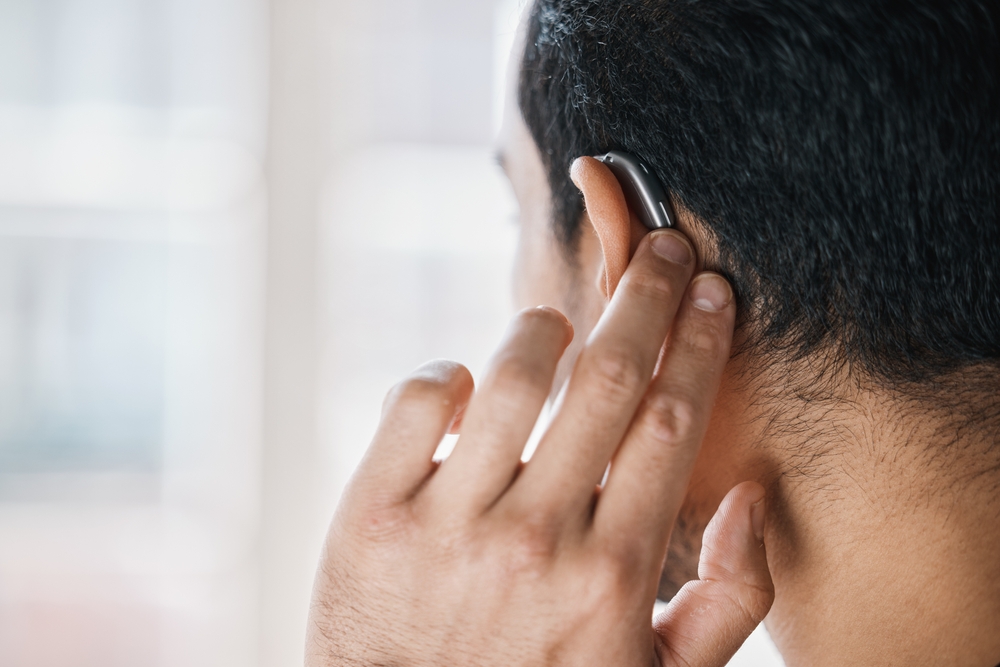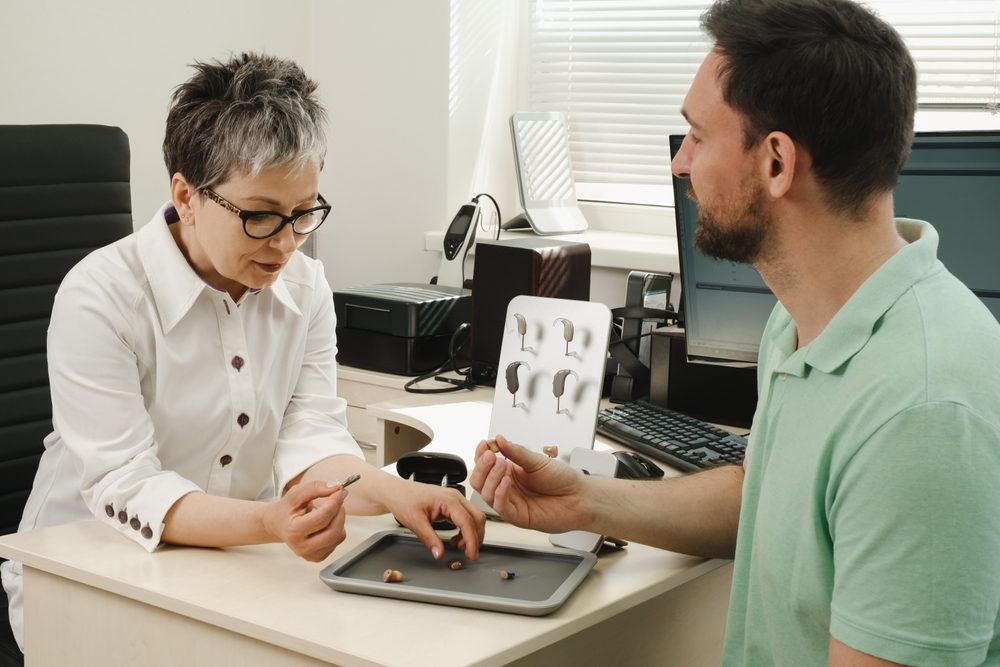Google recently announced the launch of two new apps, Live Transcribe and Sound Amplifier, designed to help people who have difficulty hearing due to hearing loss or issues like tinnitus. The tech giant’s team worked with Gallaudet University, a school for the deaf and hard of hearing, to better understand the needs of people who have hearing problems. For now, both are available free—and they only run on Android devices. Here’s everything you need to know.
Live Transcribe
This app is like having closed captioning wherever you are, whatever you’re doing. You have to allow Live Transcribe to access your phone’s microphone, and that’s pretty much it—words appear on your phone’s screen as they’re spoken. (It’s also compatible with USB mics and other audio devices you might use with your phone, like a Bluetooth headset.)
Unlike TV subtitles, you aren’t limited to English or Spanish. You can choose from 70 languages and dialects, making this app accessible in more ways than one. Bilingual? You can set the app to quickly toggle back and forth between two languages.
And since Live Transcribe is powered by Google’s speech recognition technology (in other words, more data than you could possibly imagine), the words on your screen autocorrect based on context. If your friend is telling you she just got a new Yorkshire Terrier, the screen might at first say something like “New York sure” and then correct itself to “new Yorkshire” once “terrier” gets added. Another point to note: Even though it runs off Big Data, your conversations are secure.
Other cool features include an ambient noise indicator, which provides a visual cue to move the microphone closer to the person who’s speaking. (No surprise, the transcription’s more accurate when the mic can “hear” clearly.) And if there’s a prolonged silence (hey, it happens!), your phone vibrates to alert you that someone’s talking again.
What do you need to use it? An Android device connected to a cellular network or WiFi that’s running Android OS 5.0 (b.k.a. Lollipop) or higher. (That’s one potential downside: If you aren’t on WiFi, you could eat up a lot of cellular data.) Live Transcribe is free to download from the Google Play store. It’s preinstalled on Pixel 3 phones, so if you snag one of those you don’t need the app—just turn on Live Transcribe in the accessibility settings menu.
Sound Amplifier
Though it’s no replacement for hearing aids, this feature allows you to use an Android phone to alter the quality of your sound environment. You simply plug in headphones (sorry, even wireless or Bluetooth is a no-go), then navigate to Sound Amplifier in the Accessibility menu within your phone’s Settings. A few simple sliders let you adjust what you’re hearing, so you can boost quieter sounds and turn down distracting or unwanted noises. You can then toggle it on and off as needed.
The bad news? Besides that it only works with wired headphones, Sound Amplifier requires considerable processing power, so it only runs on Android phones using OS 9.0 (Pie—yes, the different releases are named for sweets) and up. But on the plus, you don’t need cellular data or WiFi to use Sound Amplifier, since the settings you’re creating are “local” to your phone. If you’ve got a brand new Android, it should be preinstalled, but you can also download Sound Amplifier for free from the Google Play store.
It’s also important to consider that while something like Sound Amplifier seems like it’s similar to hearing aids, it’s not the equivalent. You have to actively adjust the settings as needed, whereas, for example, many of the latest smart hearing aids automatically make those tweaks as the sonic environment changes (a less fancy way to say that would be “like when you step off the street and into a restaurant”). Hearing aids don’t monopolize your phone to work. It also doesn’t replace some of the new features of hearing aids like fall detection or fitness tracking. If you are experiencing hearing loss, it’s important to talk with a hearing specialist to understand all of the options that are available to you.



